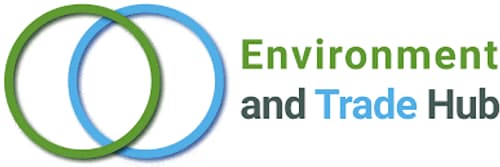The push for a sustainable global economy and building back better in the Covid-19 aftermath is spurring renewed interest in how trade policy can better support economic transformation toward environmental sustainability and safeguard efforts to improve environmental performance. This includes rising interest in the relevance of trade and trade policies to biodiversity protection, sustainable use, and restoration, both in terms of threats to nature arising from current trade trends and policies, and the potential of trade policies to support greener supply chains and global biodiversity goals.
This policy paper introduces readers to the state of the world’s biodiversity as well as drivers and impacts of biodiversity loss. It reviews international commitments, instruments, nature-related priorities, and the state of play on relevant international policymaking on biodiversity. Building on this foundation, the paper proceeds to explore linkages between trade flows and biodiversity, including the intersections of trade policy and biodiversity goals. Finally, the paper proposes a number of priority areas for enhanced policy dialogue, research, and action.
Biodiversity has been on the agenda of international trade-environment diplomacy for almost three decades. Solutions to biodiversity loss will rely on closer attention to issues of fair trade, equity, and justice, and to the perspectives and solutions advanced by rural communities and indigenous peoples, who rely on nature for their livelihoods and are most directly impacted by land degradation.
The authors
Recommended citation: UNEP. (2021). Biodiversity and international trade policy primer: How does nature fit in the sustainable trade agenda? UK Research and
Innovation Global Challenges Research Fund (UKRI GCRF) Trade, Development and the Environment Hub, UN Environment Programme (UNEP), and Forum on Trade,
Environment & the SDGs (TESS).
This paper is co-published with






